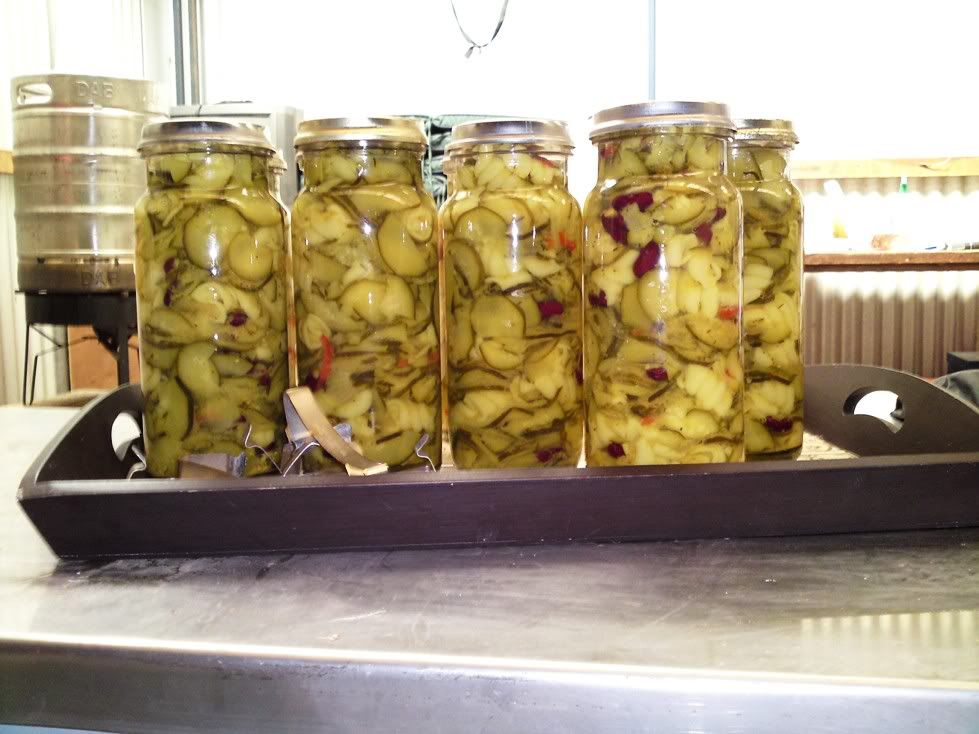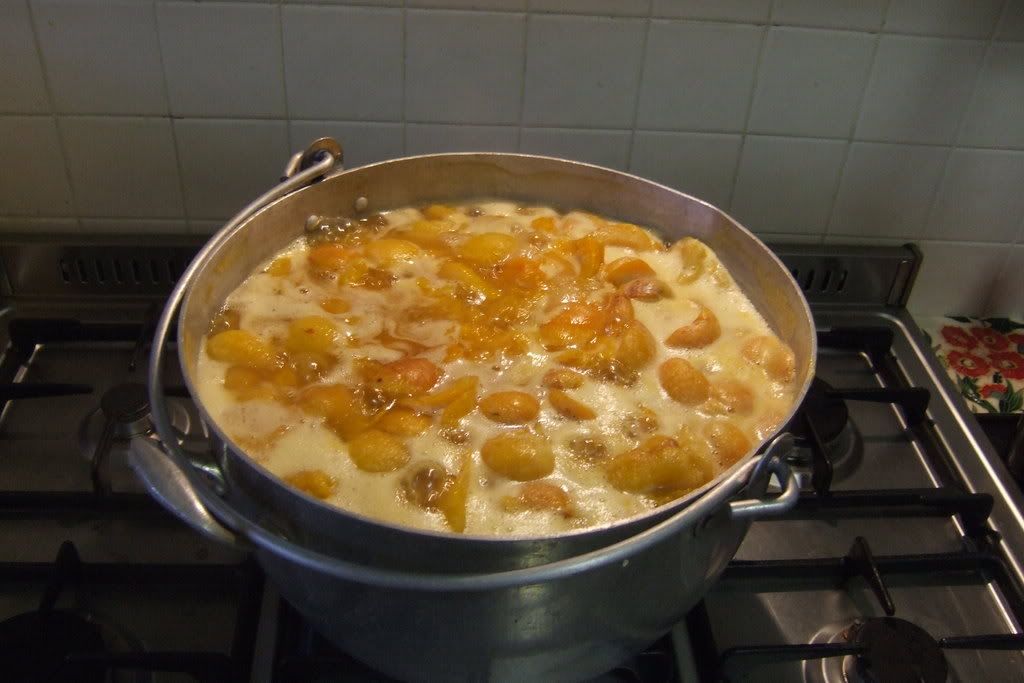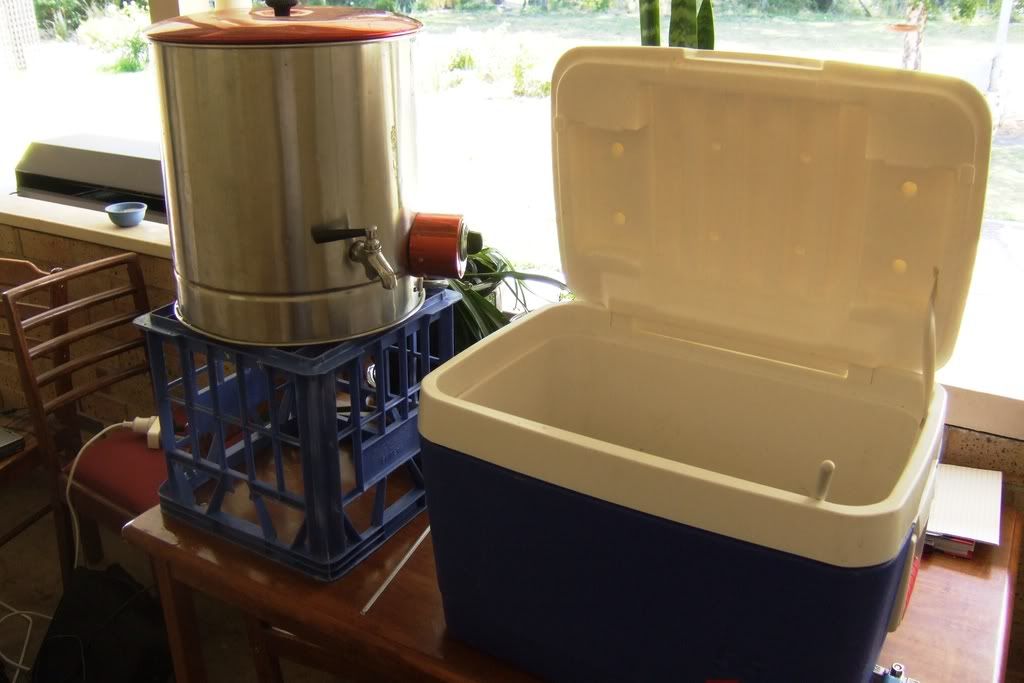drsmurto
Well-Known Member
OK last post as I see the horse is dyeing.
From what I have read in the posts. Australia does not have a big canning tradition like we do in the USA. Our fairs are full of home canned foods for judging. When I took in 1 of the 2 beers at our fair a lady was in line with over 100 entries of canned goods.
We have food labs where they are always looking at improving the quality and safety of food. Home canning is a big part of that as it is very popular. As I said in an earlier post we can buy canning supplies at almost every store in the USA. Want to learn how to can? It is much easier to learn how to can then to learn how to brew. To show you the difference we have special stores that sell home brew supplies and equipment. I am lucky and have one near me. Some states have only one store. You seem to have the stuff just about anyplace you look. It is the same with canning for us.
The current standard for properly canning jam is to use a water bath. Everything else sounds the same as what you are doing. Oven processing is no longer recommended as well as the once tried system of putting the product in the dish washer.
I can not say why water bath is recommended over any other method. I can only guess that it is safer and they say it produces a product that has better storage. I am sure it also reduces the problem of people not following directions correctly. In the case of jam, from what I have been reading to find out more, if a proper recipe is used there should be enough sugar and acid to keep the product from spoiling. The primary spoilers of jam are fermentation and mold. The problem with home canning is we have no idea what the characteristics of the raw foods are so there is no way to know for sure what the sugar and acid content is.
In the case of vegetables, fish, and meat the only recommended processing method is pressure canning. Some known high acid vegetables can be water bath canned. All of these foods can not only spoil, but get infected and kill you.
The recommendations to use a water bath canner for jam may not be 100% necessary and may be to keep the lawyers away. If you can find authoritative recommendations that say your method is safe then say so. Just because granny did it that way and lived to 100 does not say that everyone can. Put another way, just because one brewer using open fermentors may brew good beer, does that say we should all be doing it?
I am not trying to say what you are doing is wrong. It sounds like it works for those doing it. I am just sharing recommended standards from a country that has a healthy home canning industry. It sounds like you are in the stage of canning where we where in home brewing 30 years ago.
You've missed the point on jam.
When boiling the jam (fruit, sugar and acid, usually in the form of lemon juice) on the stove top the temperature is much higher then the boiling point of water. This process takes anything from 30 - 90 mins until you reach the setting point.
The jars are in the oven above the boiling point of water. Boiling hot jam is added to hot jars and lid immediately put on. A vacuum forms on cooling sealing the jam in.
So using a water bath is not only pointless it is at a lower temperature than the way we do it.
Canning is an entirely different process to jam making. When preserving fruit/veg we use a process similar to your canning technique expect we use very thick walled glass jars with metal lids that get placed in pots of boiling water for hours.
And yes, our local shows are full of little old ladies taking in their jams, preserved fruit and vegetables, dried fruits and meats. So i think the more we argue about this the more we are talking about the same thing.
Another case of tomarto, tomayto in my opinion.
Pic of preserving jars full of zucchini salad

Jam making












